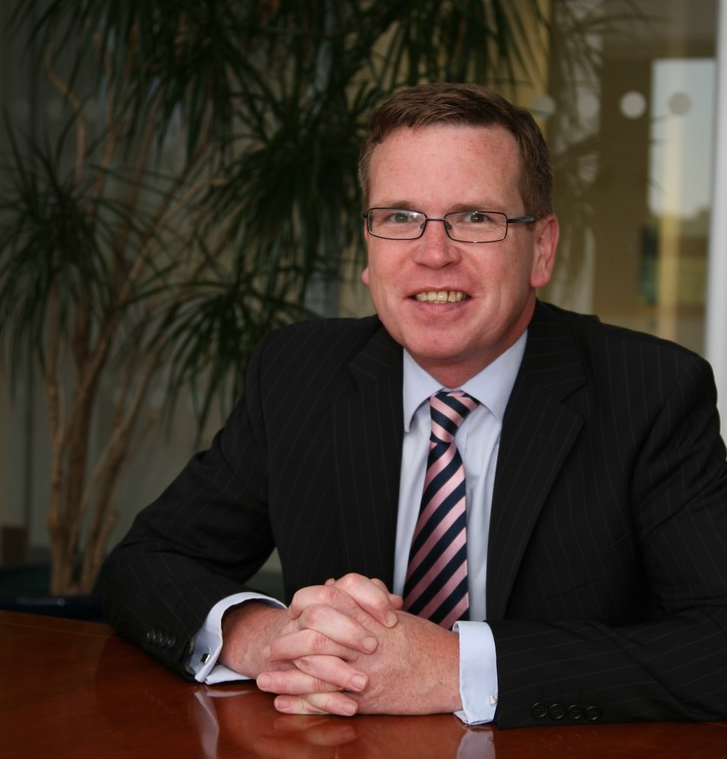Having gone ‘back to basics’ on SSAS in his website article for Professional Paraplanner, Stephen McPhillips, technical sales director, Dentons Pension Management Limited, now looks at some of the more complex elements of this pension vehicle
In my recent article published in Professional Paraplanner, I scratched the surface of the SSAS pension vehicle, which is sometimes shrouded in mystique but can be a highly useful tool for company directors and key employees of small and medium sized limited companies. This article aims to explore some of the finer detail involved in SSAS. In turn, that might help to explain why the SSAS market operates in various forms.
Registered Pension Scheme
If we take it as a given that we are referring to a SSAS that has been accepted and registered by HM Revenue & Customs (HMRC), then the scheme will have a “scheme administrator” and HMRC’s Pensions Tax Manual (PTM) states:
“To be registered by HMRC, a pension scheme must have a scheme administrator. This is the person appointed in accordance with the scheme rules to be responsible for complying with the functions and responsibilities of a scheme administrator under Finance Act 2004.”
Hence, a scheme administrator is a fundamental aspect of Registered Pension Schemes.
Who can be a scheme administrator?
HMRC requires that all parties appointed as the scheme administrator for the purposes of the pension tax legislation, are able to declare themselves as “fit and proper” persons.
The scheme administrator is likely to be a fit and proper person if they are familiar with, and capable of competently performing, the scheme administrator’s responsibilities and there is nothing in their past behaviour to suggest that they should not be responsible for the financial management of the pension scheme.
A scheme administrator might be an individual or several individuals acting together (such as the trustees), a corporate body or public sector body. The scheme’s trust deed and rules will usually set out who the scheme administrator is. Within a SSAS, the member trustees might act jointly with an experienced and knowledgeable professional trustee as joint scheme administrators, although this is by no means universal across the SSAS market; some member trustees choose not to use a professional trustee.
There is no test or qualification to pass and, whilst not setting-out a definition of who, or what, a fit and proper person is, HMRC does provide plenty of guidance on factors that would lead them to believe a person or parties are not up to the tasks, which include that the person:
- does not have sufficient working knowledge of pensions and pensions tax legislation to be fully aware and capable of assuming the significant duties and liabilities of the scheme administrator, or does not employ an adviser with this knowledge
- has previously been involved in pension liberation
- has previously been the scheme administrator of, or otherwise involved with, a pension scheme which has been de-registered by HMRC
- has been involved in tax fraud, abuse of tax repayment systems or other fraudulent behaviour including misrepresentation and/or identity theft
- has a criminal conviction relating to finance, corporate bodies or dishonesty
- has been the subject of adverse civil proceedings relating to finance, corporate bodies or dishonesty/misconduct
- has participated in, or been connected with, designing and/or marketing tax avoidance schemes
- employs as an adviser a person who has been involved in pension liberation or tax avoidance
- has been removed from acting as a trustee of a pension scheme by the Pensions Regulator or a Court, or has otherwise seriously contravened the pensions regulatory system, or the regulatory system of any other professional/governmental regulatory body
- has been disqualified from acting as a company director or is bankrupt.
What are the scheme administrator’s main roles?
Given the substantial tax advantages that apply to Registered Pension Schemes, it’s not surprising that significant roles and responsibilities are accordingly placed on the shoulders of the scheme administrator(s). The main roles are as follows:
- registering the pension scheme with HMRC
- paying certain taxes to HMRC
- operating tax relief on member contributions under the relief at source system
- reporting events relating to the scheme and the scheme’s administration to HMRC
- making formal returns to HMRC
- providing information to the scheme members, and others, about Annual Allowances, Lifetime Allowance usage and other benefits and/or transfers.
Whilst some of these roles might not appear too onerous for the lay trustee, some are far more difficult and challenging. The existence, for example, of 13 different benefit crystallisation events (BCEs) is likely to cause a headache for most lay trustees. Complex rules around the Annual Allowance, Lifetime Allowance and the various forms of protection from its effects are also likely to be a major challenge. Added to these within a SSAS is a very wide range of possible investments – some of which might give rise to unexpected and unwanted tax charges if not researched and structured properly.
Going it alone
Given that there is no longer an HMRC requirement for a SSAS to have an independent trustee’s involvement, and nor is there a legal requirement for a professional scheme administrator to assist lay trustees acting in that capacity, it’s almost inevitable that some clients choose to operate their SSAS without any assistance – formal or informal. Informal assistance might take the form of a “practitioner-only” proposition where the practitioner has no formal responsibilities to the scheme. Formal assistance might take the form of a full, hands-on, service proposition which includes roles of co-trustee, joint scheme administrator and co-signatory.
Regardless of which route is adopted by the client, one fact remains constant; failure to meet HMRC’s requirements can result in expensive penalties and tax charges, all of which could be avoided with very careful stewardship of the scheme.
This article was first published in the November 2021 issue of Professional Paraplanner.






























